Dealing with persistent skin irritation, redness, or fungal infections? Betamil GM Cream is a widely prescribed topical medicine that combines three active ingredients to relieve inflammation, control bacterial infections, and treat fungal growth. It’s often used to treat conditions like eczema, ringworm, athlete’s foot, and skin rashes.
Let’s dive deeper into how this cream works, when to use it, and what precautions you need to take.
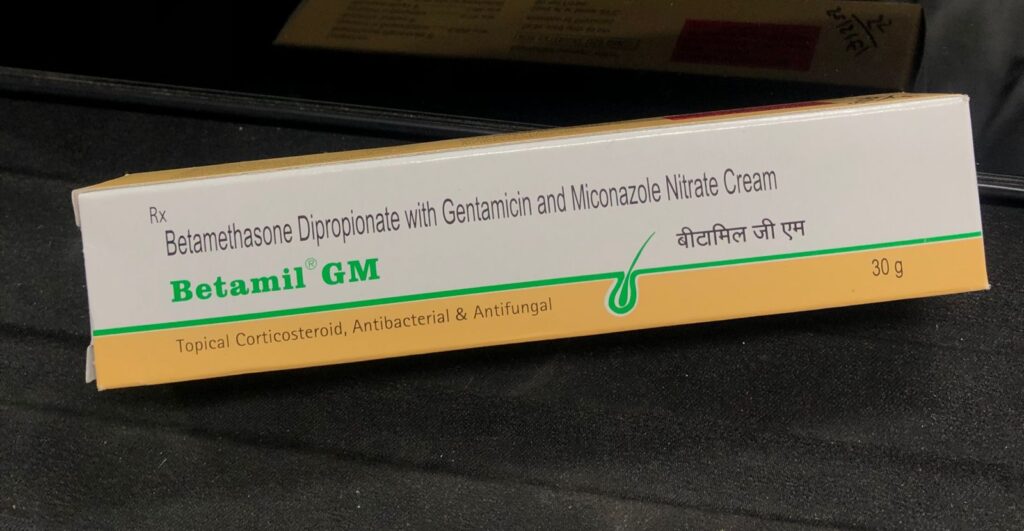
Table of Contents
Betamil GM Cream: Uses, Works, Benefits, Side Effects & Substitutes, FAQs and more
What is Betamil GM-Cream?
Betamil GM is a topical formulation that combines three active ingredients to provide a multi-action treatment:
- Betamethasone – A corticosteroid that reduces redness, itching, and swelling.
- Gentamicin – An antibiotic that treats and prevents bacterial infections.
- Miconazole – An antifungal that combats fungal infections on the skin.
Together, these ingredients make Betamil GM a powerful treatment for mixed skin infections (fungal + bacterial) with inflammation.
Common Uses of Betamil-GM Cream
Betamil GM is used in treating:
- Eczema and dermatitis
- Skin conditions such as ringworm, jock itch, and athlete’s foot are common examples of fungal infections
- Inflamed or infected skin rashes
- Bacterial skin infections with inflammation
💡 How to Use Betamil-GM
- Clean and dry the affected area thoroughly.
- Apply a thin layer of the cream once or twice a day (as advised by your doctor).
- Only use on the face, groin, or underarms if specifically instructed by your doctor.
- Avoid contact with eyes, mouth, or broken skin.
- Wash your hands after use.
Note: This cream is for external use only.

Precautions and Side Effects
- Use only under medical supervision, especially for children.
- Prolonged use can lead to skin thinning, so it’s best to use it only as directed.
- Do not apply on the face, groin, or armpits unless directed.
- Common side effects (rare if used short-term):
- Skin thinning
- Burning or stinging sensation
- Redness or irritation
- Secondary infections (if overused)
When is Betamil GM Cream Prescribed?
Doctors usually recommend this cream when:
The skin infection involves both fungal and bacterial components
There’s significant inflammation and itchiness
The condition hasn’t responded to basic antifungal or antibiotic creams
Common conditions include:
- Infected tinea infections (ringworm, jock itch, athlete’s foot)
- Seborrheic dermatitis
- Contact dermatitis with secondary infection
- Intertrigo (rashes between skin folds)
- Candidiasis with itching and swelling
Substitutes for Betamil GM Cream
If it is unavailable or not suitable, here are some alternative creams with similar effects (only after medical consultation):
| Brand Name | Composition | Similar Use |
| Candid-B Cream | Beclomethasone + Clotrimazole | Antifungal + Anti-inflammatory |
| Quadriderm RF | Betamethasone + Gentamicin + Tolnaftate + Clioquinol | Broad-spectrum skin infections |
| Zole-F Cream | Fluocinolone + Miconazole + Neomycin | Fungal + bacterial infections |
| KZ-B Cream | Beclomethasone + Ketoconazole | Fungal skin conditions |
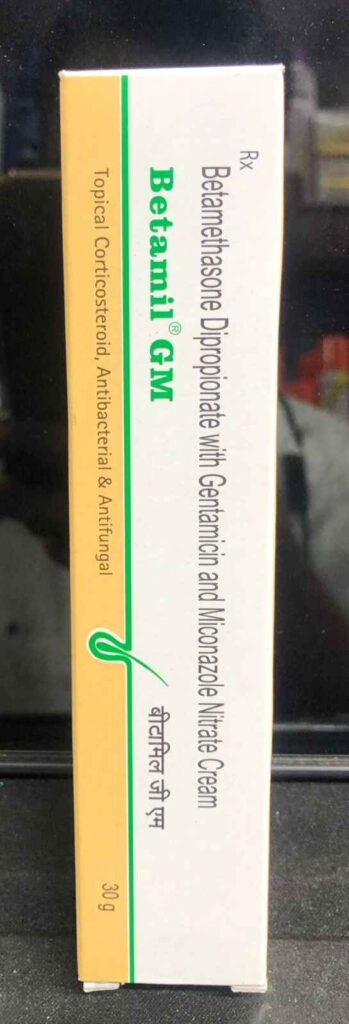
Frequently Asked Questions (FAQs)
Q1. Can I use Betamil GM on the face?
Q2. How long should I use Betamil GM?
Q3. Is Betamil GM safe for children?
Q4. Can it be used for fungal infections only?
Q5. Does Betamil GM treat acne or pimples?
Conclusion
Betamil GM Cream is a highly effective, triple-action medication for managing complex skin infections that involve inflammation, bacteria, and fungi. However, it’s not a regular skin cream and should be used only under a doctor’s guidance.
When used properly, it can quickly bring relief and restore skin health. But misuse or overuse can lead to side effects. So always follow your doctor’s instructions and never self-medicate
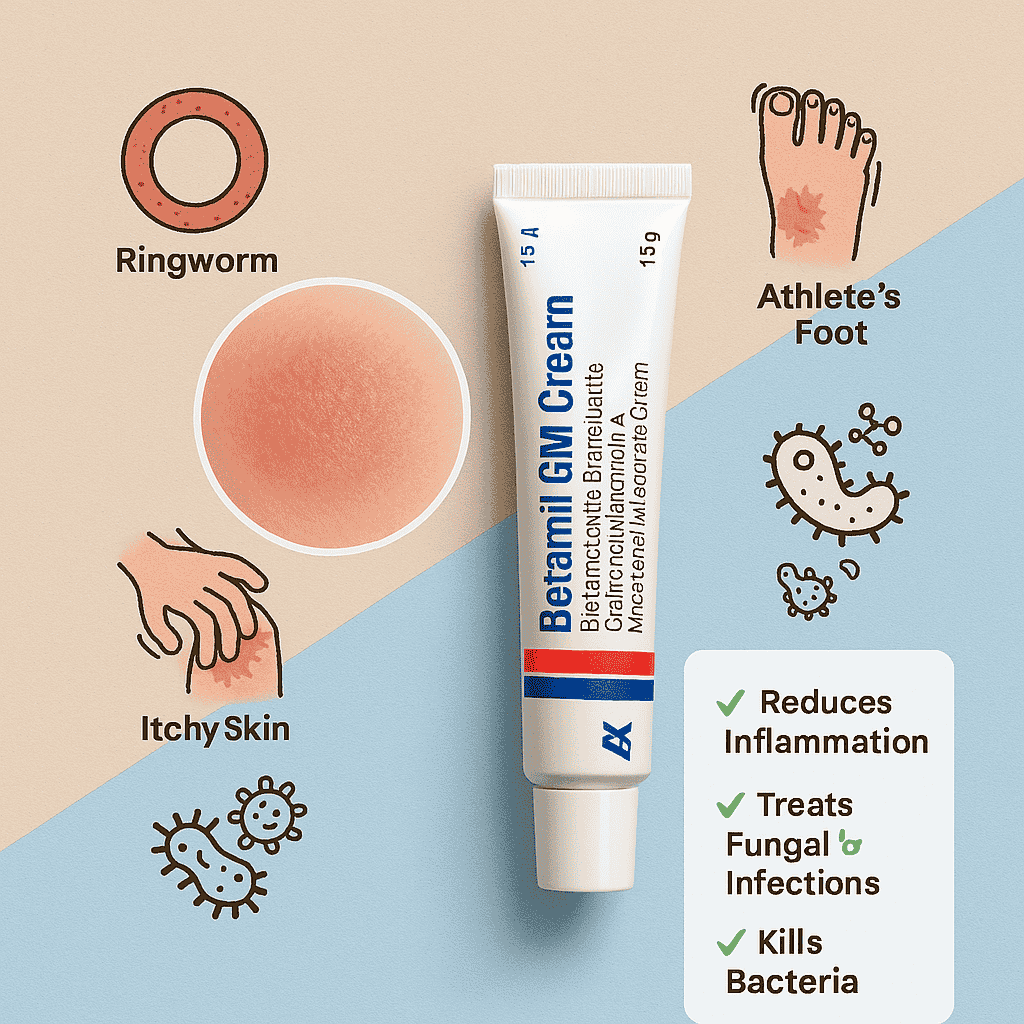
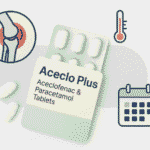

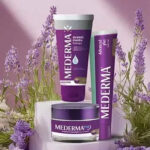
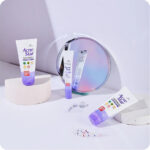
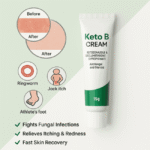
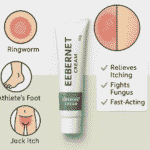
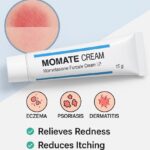
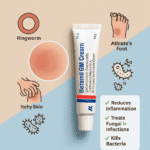
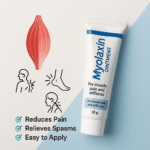
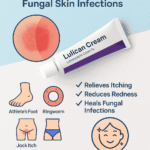
1 thought on “Betamil GM: 1 Powerful Solution for Skin Inflammation & Infections”